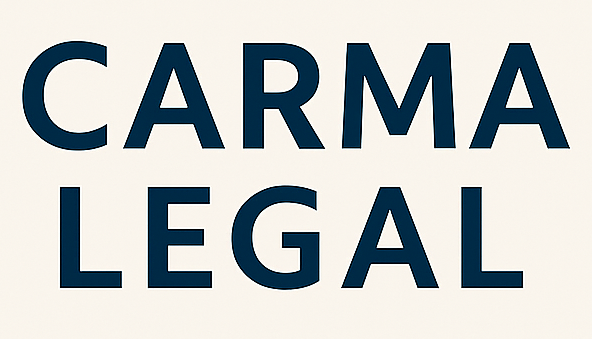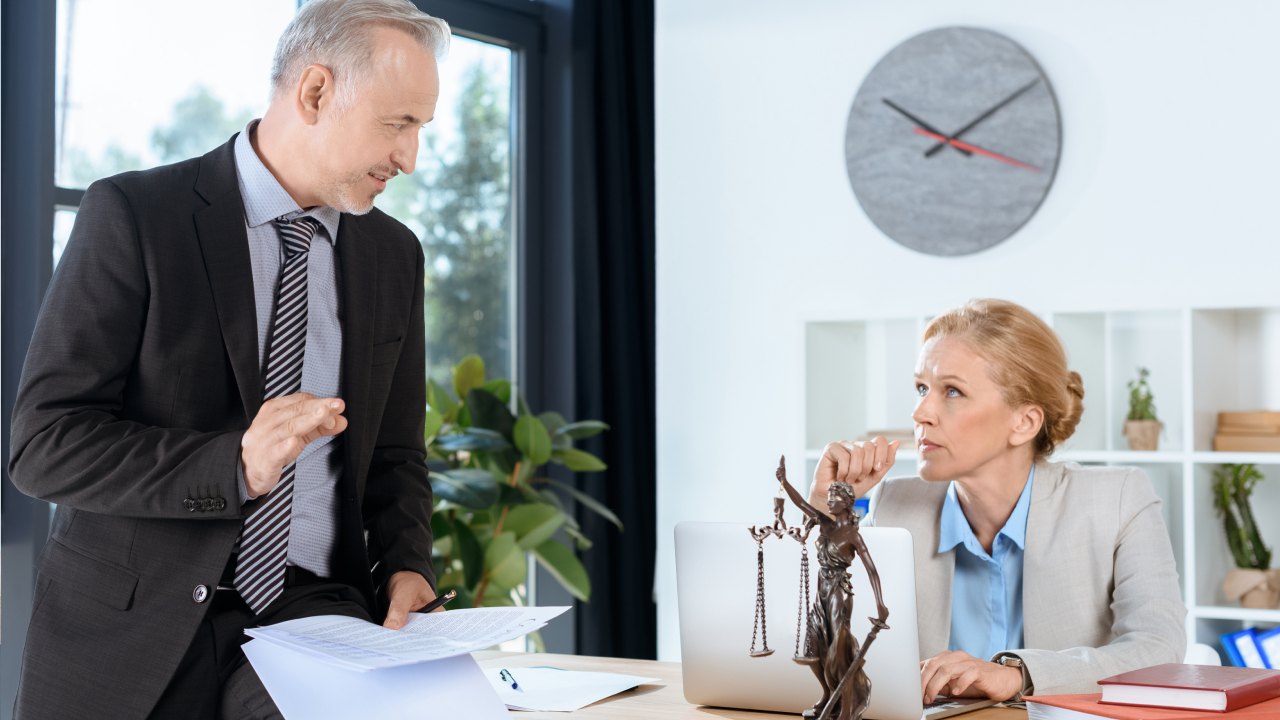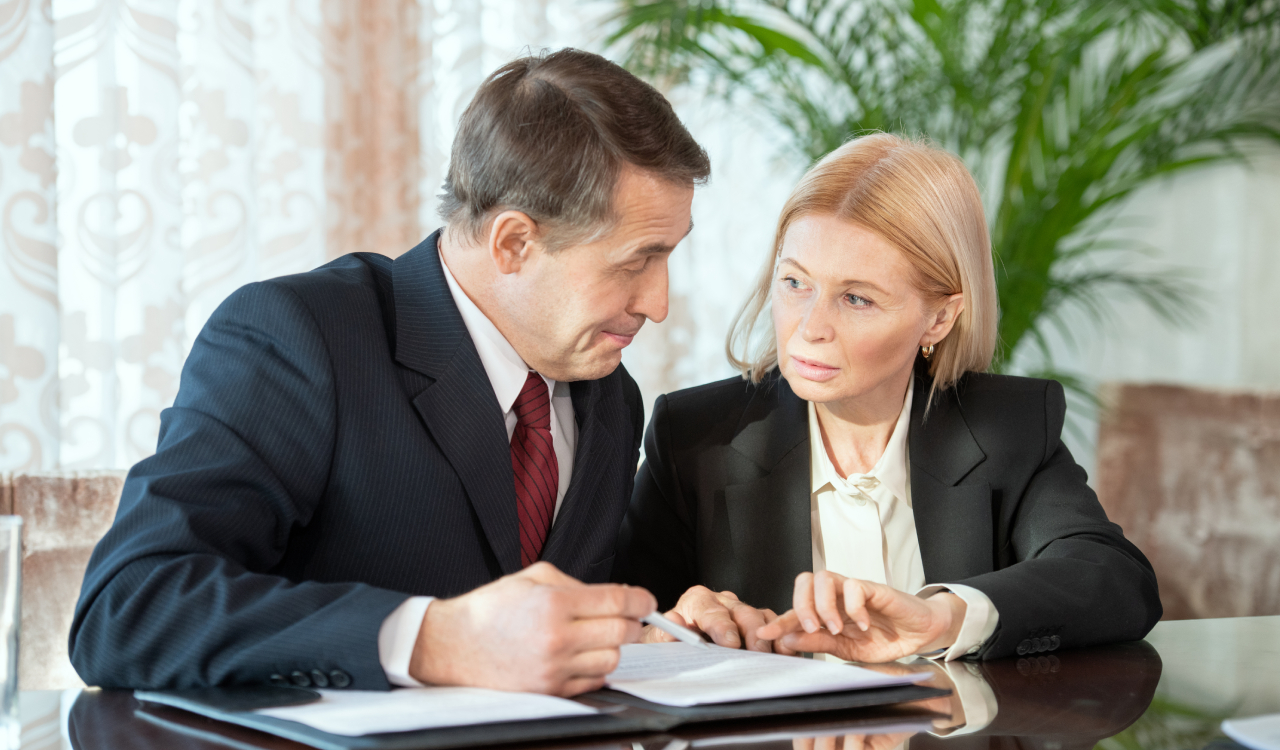Understanding premises liability
When you’re injured on someone else’s property due to a slip or fall, a slip and fall settlement lawyer can be your strongest ally. These attorneys specialize in premises liability, the legal doctrine that holds property owners and occupiers responsible when they fail to maintain a safe environment. By guiding you through liability claims, your lawyer helps you pursue fair compensation for medical bills, lost wages, pain and suffering, and other damages.
Additionally, understanding how premises liability works gives you confidence when discussing your case. Your lawyer will explain the duty of care owed by property owners, the elements required to prove negligence, and the potential value of your claim.
What is premises liability
Premises liability covers injuries that occur because a property owner or occupier did not address hazards on their premises. Common examples include wet floors in grocery stores, broken stairs in apartment complexes, or icy sidewalks outside a hotel. Under this doctrine, you must prove:
- The owner owed you a duty of care
- The owner breached that duty by allowing an unsafe condition
- The breach directly caused your slip and fall injury
- You suffered measurable damages as a result
Duty of care explained
Duty of care refers to the legal obligation to maintain a safe environment for visitors. The standard varies by your status on the property:
- Invitee: You’re invited for commercial purposes, such as shopping in a store
- Licensee: You’re permitted for noncommercial reasons, like visiting a friend
- Trespasser: You’re on the property without permission
Property owners owe invitees the highest level of care, which includes regular inspections, timely repairs, and warning signs. For more on related practice areas, see our overview of a premises liability lawyer.
Recognizing common hazards
Slips and falls can happen almost anywhere. Knowing typical scenarios helps you identify who might be responsible and what evidence you’ll need.
Retail and grocery stores
Spills, loose mats, and cluttered aisles are among the most frequent causes of store injuries. If you trip over a wet floor without warning cones, you can pursue a claim with the help of a grocery store slip and fall lawyer. Keep in mind:
- Document the hazard with photos
- Note the time you arrived and fell
- Ask for an incident report from store management
Apartment and hotel falls
In residential settings, you might slip on broken stairs or uneven flooring. Outside a hotel, slippery entryways and loose railings often contribute to accidents. A hotel slip and fall attorney or apartment slip and fall lawyer can review your lease agreement and maintenance logs to pinpoint liability.
Outdoor hazards
Uneven sidewalks and ice
Cracked sidewalks, potholes, and black ice present serious risks. If you fall on a public walkway, a municipality or private landowner may be responsible. You can discuss your case with an uneven sidewalk injury lawyer or a slip and fall on ice lawyer.
Broken stairs and debris
Construction sites, apartment complexes, and shopping centers sometimes have damaged steps or loose debris. Photographs and witness statements are critical. An broken stair accident attorney will gather maintenance records and inspection logs on your behalf.
Other vulnerable properties
Nursing homes
Slip and fall incidents in care facilities may involve neglect in cleaning or supervision. A nursing home fall injury lawyer can evaluate staffing levels, safety protocols, and incident reports to establish negligence.
Restaurants and malls
Grease, spilled drinks, and extension cords are common culprits in dining establishments and shopping centers. A restaurant slip and fall attorney or shopping mall accident lawyer will investigate cleaning schedules and surveillance footage to build your case.
Role of your lawyer
Your attorney performs a variety of tasks to maximize your settlement. Understanding these responsibilities helps you set realistic expectations and stay informed throughout the process.
Key responsibilities
- Case evaluation
- Reviewing incident details and medical records
- Estimating potential compensation
- Evidence gathering
- Collecting photographs, witness statements, and surveillance
- Obtaining maintenance and inspection logs
- Legal strategy
- Determining liability theories
- Filing necessary pleadings and motions
- Negotiation
- Engaging with insurance adjusters
- Settling disputes over fault and damages
- Trial representation
- Presenting evidence before a judge or jury
- Advocating for maximum recovery if negotiations stall
Communication and updates
You should expect clear, timely updates from your lawyer:
- Responses to calls and emails within one business day
- Regular progress reports on settlement offers
- Transparent explanations of risks and benefits
If you ever feel out of the loop, don’t hesitate to request a status meeting or conference call.
Choosing the right attorney
Selecting the best legal partner can shape the outcome of your claim. Compare candidates on experience, reputation, and fee structure.
Experience and specialization
Slip and fall law involves nuanced knowledge of premises liability. When interviewing potential attorneys, ask:
- How many slip and fall cases have you handled?
- What is your trial success rate in premises claims?
- Do you have experience with specific scenarios like retail or nursing home falls?
An attorney with a strong record in similar claims will anticipate challenges and negotiate more effectively. You might also consult a slip trip and fall lawyer or an unsafe property condition lawyer.
Reputation and credentials
Verify a lawyer’s standing with:
- State bar association records for licenses and disciplinary actions [1]
- Peer-reviewed awards and recognitions [2]
- Client testimonials and online reviews
A strong professional reputation often translates into greater influence during settlement talks.
Fee structure and costs
Most personal injury lawyers work on a contingency fee basis. Common terms include:
| Fee element | Typical range |
|---|---|
| Attorney’s contingency fee | 33% to 40% |
| Case-related expenses | 10% to 25% of settlement (reimbursed) |
| Payment timing | Deducted from final settlement check |
For more details, see our section on a fall injury compensation attorney. Always get fee agreements in writing before signing.
Preparing your claim
Building a strong case requires careful documentation and organization. Your lawyer will guide you through each step.
Gathering evidence
- Photographs of the hazard and surroundings
- Surveillance video or eyewitness contact information
- Incident reports filed with property management
Documenting injuries
Maintain a daily journal of:
- Pain levels and symptoms
- Physical limitations and mobility issues
- Emotional and lifestyle impacts
This record supports claims for pain and suffering.
Medical records and expert opinions
Secure:
- All treatment records and bills
- Evaluations from specialists on long-term prognosis
- Expert testimony on property standards and fall dynamics
Comprehensive medical evidence strengthens your damage estimate.
Navigating settlement negotiations
Most slip and fall cases resolve without trial. Your lawyer negotiates skillfully to secure the best outcome.
Negotiation process
- Initial demand letter outlining your damages
- Insurer’s response and potential counteroffers
- Mediation sessions to bridge gaps in valuation
Strong negotiation skills are vital, since most cases settle out of court [2].
Settlement offers and mediation
When you receive an offer, consider:
- Total compensation versus your estimated case value
- Implications of accepting versus proceeding to trial
- Costs you’ll pay, including attorney fees and expenses
Your lawyer will advise you on whether to accept or continue litigation.
When to consider trial
If negotiations stall, trial may be necessary to achieve fair compensation. Discuss:
- The strength of your evidence
- Court costs and extended timelines
- Emotional toll of courtroom testimony
Finalizing your settlement
Once you agree on terms, your lawyer handles the closing steps to ensure you receive funds promptly.
Finalizing agreement
- Drafting a release agreement that prevents future claims
- Verifying that all terms match your understanding
Disbursement of funds
After the settlement check is issued:
- Funds clear escrow (typically 3–10 business days)
- Attorney deducts fees and reimburses expenses [3]
- Net proceeds are sent to you
Post-settlement considerations
- Keep copies of all settlement and medical documents
- Review your budget for ongoing medical expenses
- Consult your lawyer if new related injuries emerge
Next steps after settlement
After you receive compensation, consider taking these actions:
- Use funds for needed medical care and rehabilitation
- Review your property insurance to prevent future incidents
- Share your experience to help others identify hazards
If you have questions about related matters—such as dog bites or negligent security—you can explore our dog bite lawyer and negligent security attorney resources. Your recovery is a process, and having the right legal support ensures you move forward with confidence.








